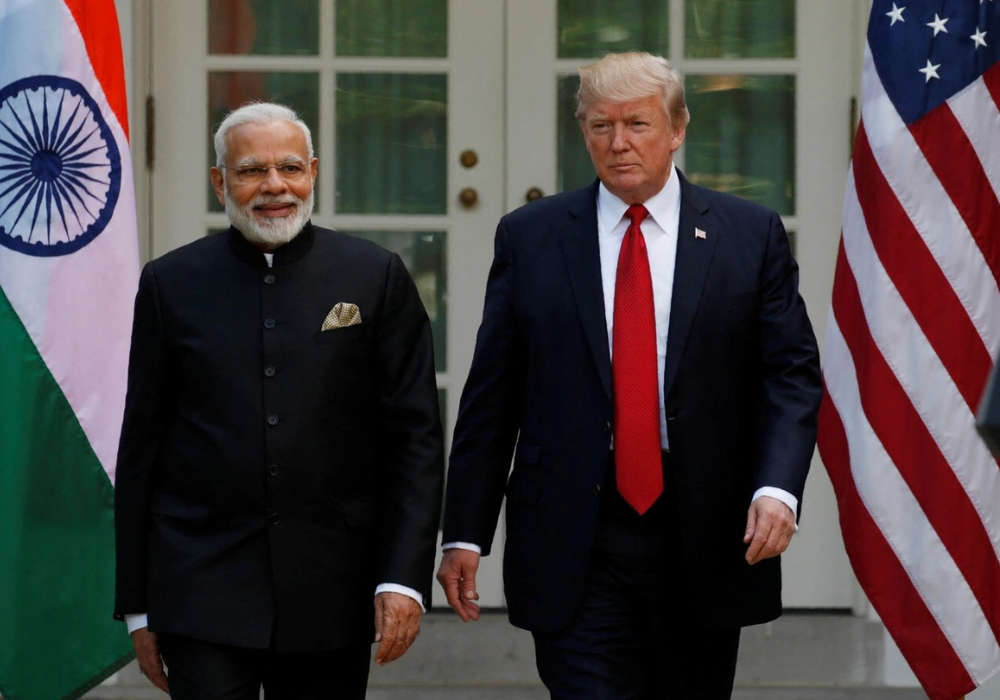

All eyes are now fixed on the trade dialogue between India and the United States that kicked off on June 26. The stakes are high—not for a full-fledged trade deal, but for an interim agreement that could shift the course of escalating tariff tensions. The clock is ticking, as July 9 marks the end of the 90-day suspension period of Donald Trump’s retaliatory 26 per cent aluminium tariffs announced on April 2.

Image soure: Council on Foreign Relations
Over the past three months, both nations have engaged in a flurry of bilateral exchanges to resolve the tariff deadlock, particularly surrounding aluminium and steel. India even took its grievances to the World Trade Organization, challenging Washington's move as blatant protectionism disguised as trade policy. Yet, all efforts seemingly hit a wall when Trump doubled down, raising aluminium and steel tariffs from 25 per cent to a staggering 50 per cent.
Now, with the deadline fast approaching, the interim trade talks carry the weight of a possible breakthrough or another bitter twist in the tariff saga. Will diplomacy win the day, or are we bracing for yet another escalation masked as negotiation? Well, as of now, the interim trade talk has shaped up something like this:
Also read: India warns of retaliatory tariffs if US doubles aluminium and steel duties
For a moment, it looked like the US-India trade deal was within reach. But just as the negotiations appeared to gain traction, the conversation hit a r roadblock: agriculture. Donald Trump, ever the dealmaker, had his eyes set on exporting American corn and soybean to India. But given the agricultural sector a sensitive area, the Indian government drew a clear red line.
Responses








